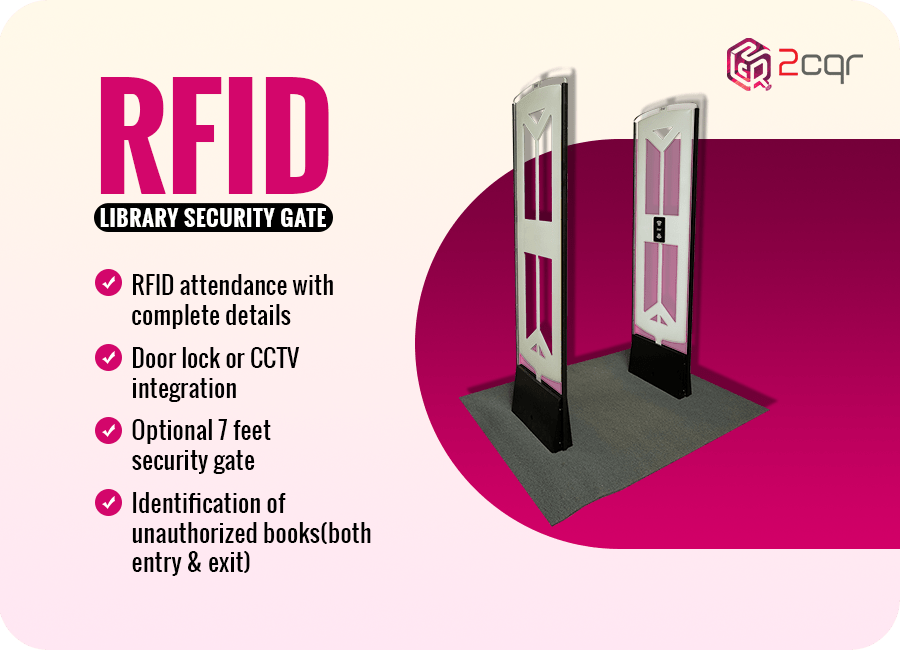
In today’s digital age, libraries are evolving to meet the changing needs and preferences of users. RFID (Radio-Frequency Identification) solutions in library has emerged as a game-changer, offering libraries a host of benefits, from faster checkouts to real-time inventory management.
In this article, we delve into the world of RFID for library and how they can improve tagging, inventory maintenance, and cataloging processes.
Requirement Analysis: Designing the Foundation
Before implementing RFID solutions in libraries, it’s crucial to conduct a thorough requirement analysis. This involves defining your library’s specific needs for inventory maintenance, updates, and user satisfaction. Collaborating with RFID suppliers to discuss these requirements is essential in designing a system that aligns with your goals.
Tag Overview: Choosing the Right Tags
Selecting the appropriate RFID tags is pivotal for effective library management. Consider the variety of resources in your library, such as books, CDs, and DVDs. Assess your existing tags (if any) that may need replacement.
Opt for high-quality tags tailored to different materials, capable of withstanding wear and tear and varying environmental conditions. Additionally, prioritise advanced security features like tag locking, anti-cloning support, and robust authentication protocols to enhance overall security.
Proper Tagging: Precision Matters
Implementing RFID tagging should not be a hasty process. Thoroughly test various aspects of tagging, including placement, distance, direction, and orientation.
Accurate tagging is crucial for achieving goals such as real-time asset tracking, data accumulation, and inventory management. Minimize the potential for tag interference and damage to ensure the longevity of tags.
Standardize Cataloging: Consistency is Key
Standardizing cataloging procedures and data formats is essential for maintaining consistency in your library’s database. Embrace cataloging standards like MARC (Machine-Readable Cataloging) for bibliographic records. In cases where digitization of existing catalog records is necessary, ensure they are RFID-compatible. Consistency in cataloging simplifies data retrieval and enhances user experiences.
Frequent Data Analysis: Informed Decision-Making
To continually improve your library’s resources and collections, conduct regular data analysis based on RFID tag readings. Monitor user behavior, including trends in resource usage, frequently asked inquiries, and external factors such as seasonal demand for specific books (e.g., academic and competitive exams). Analyze circulation patterns and identify underutilized resources. This data-driven approach informs collection development and ensures that your library stays aligned with user needs.
Incorporating RFID solutions into your library’s operations with understanding do’s and don’ts when adopting RFID can significantly enhance efficiency, user experiences, and resource management. By following these steps, you can make the most of RFID technology to create a modern, user-centric library that meets the demands of today’s patrons.


